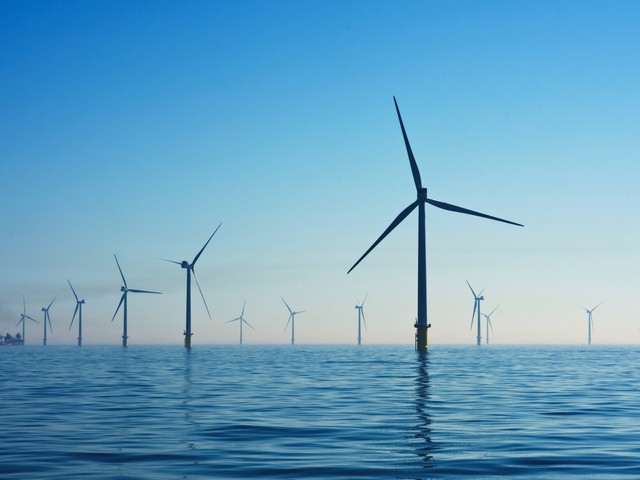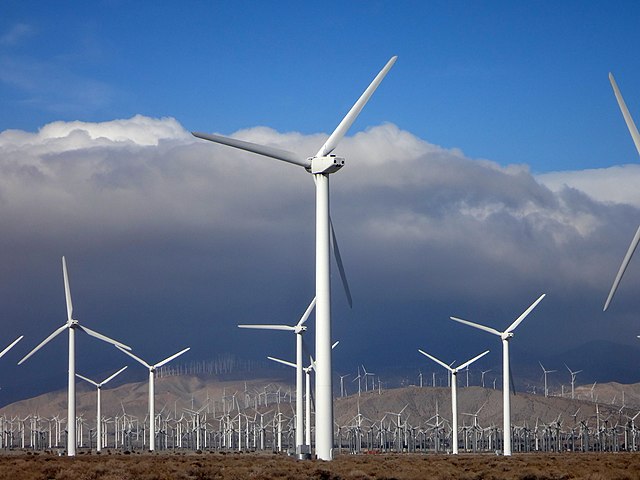In an era where sustainable energy solutions are gaining momentum, wind energy has emerged as a frontrunner in the race towards a cleaner, greener future. The evolution of wind turbine technology has been nothing short of remarkable, with advancements pushing the boundaries of efficiency, output, and environmental impact reduction. In this blog post, we’ll delve into the fascinating world of wind energy, exploring the groundbreaking innovations that have revolutionized wind turbine technology while addressing the challenges that lie ahead.
The Evolution of Wind Turbines
The concept of harnessing wind power dates back centuries, with early windmills used for grinding grain and pumping water. However, it wasn’t until the late 19th century that the first electricity-generating wind turbine was developed by Charles F. Brush. Fast forward to the modern age, and wind turbines have undergone a remarkable transformation, evolving into towering structures capable of generating substantial amounts of clean electricity.
One of the key advancements in wind turbine technology has been the shift from traditional horizontal-axis turbines to more efficient and versatile vertical-axis designs. Horizontal-axis turbines, resembling the classic three-blade design, dominate the landscape, capturing wind energy from a single direction. On the other hand, vertical-axis turbines, with their unique helical or eggbeater-like configurations, can harness wind energy from any direction, making them ideal for urban and complex terrains.
Enhancing Efficiency through Aerodynamics
Aerodynamics plays a pivotal role in optimizing wind turbine performance. Engineers and researchers have been focusing on refining blade designs to maximize energy capture while minimizing drag and turbulence. One promising innovation is the implementation of biomimicry – drawing inspiration from nature’s efficiency. Researchers are studying the sleek contours of bird wings and the streamlined bodies of marine creatures to create blades that slice through the air with minimal resistance.
Additionally, the development of smart materials, such as shape-memory alloys and morphing structures, allows turbine blades to adapt to changing wind conditions in real time. This adaptability not only enhances energy output but also extends the lifespan of the turbine components.
Rising Heights and Offshore Expansion
Advancements in wind turbine technology have led to the construction of towering giants that stretch hundreds of feet into the sky. Taller turbines can access stronger and more consistent wind resources at higher altitudes, thereby increasing energy production. This vertical expansion, however, presents logistical challenges during manufacturing, transportation, and installation. Researchers are investigating innovative construction methods, such as modular designs and advanced crane systems, to overcome these hurdles.
Furthermore, the offshore wind energy sector has gained significant traction. Offshore wind farms have the advantage of accessing stronger and more reliable winds compared to their onshore counterparts. Floating wind turbines, a cutting-edge innovation, hold the potential to harness wind energy in even deeper waters, opening up new horizons for sustainable electricity generation.
Integrating Energy Storage and Grid Connectivity
One of the notable challenges of renewable energy sources like wind is their intermittent nature. Wind speeds fluctuate, leading to variations in energy output. To address this issue, researchers are focusing on integrating energy storage solutions, such as advanced batteries and compressed air systems, into wind turbine installations. These systems store excess energy during periods of high wind and release it when demand is greater than supply, ensuring a stable and reliable power supply to the grid.
Moreover, the concept of a “smart grid” is gaining prominence. Advanced communication and control systems enable wind farms to seamlessly interact with the grid, adjusting output based on real-time demand. This bidirectional communication allows for more efficient energy distribution and facilitates the integration of renewable sources into the existing energy infrastructure.

Challenges on the Horizon
While wind turbine technology has made impressive strides, it still faces significant challenges. One of the primary concerns is the environmental impact on avian and bat populations. Birds and bats can collide with turbine blades, leading to population declines. Researchers are exploring solutions such as radar-based systems to detect approaching birds and temporarily shut down turbines to prevent collisions.
Manufacturing and recycling of turbine components also pose challenges. Wind turbine blades are often made from composite materials that are difficult to recycle. Finding sustainable and cost-effective ways to manufacture and dispose of these materials is a pressing issue in the wind energy industry.
Furthermore, the visual impact and public acceptance of wind farms remain contentious topics. While wind energy is praised for its environmental benefits, the sight of sprawling wind farms can evoke mixed reactions from local communities. Incorporating aesthetically pleasing designs and engaging with local stakeholders can help alleviate these concerns. Visit Coruzant where you will find lots of great information and practical advice about the wind energy revolution.
Conclusion
The wind energy revolution is well underway, driven by remarkable advancements in wind turbine technology. From aerodynamic innovations and towering structures to offshore expansion and grid integration, wind power is reshaping the global energy landscape. While challenges like wildlife conservation, sustainable manufacturing, and visual impact persist, the industry’s dedication to research and development continues to pave the way for a future powered by clean, renewable wind energy. As we navigate this dynamic landscape, the path to a sustainable future is becoming clearer with each gust of wind that turns the turbine blades of progress.


